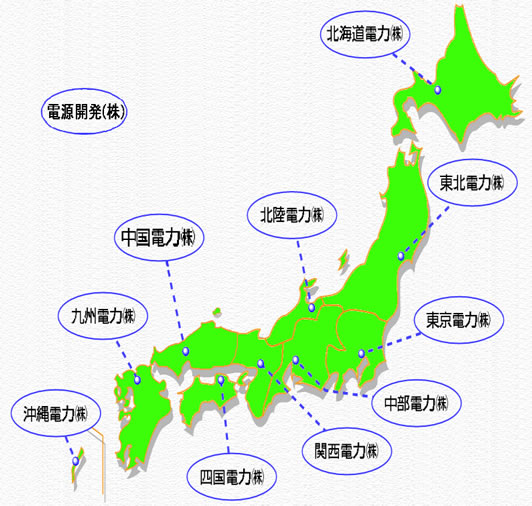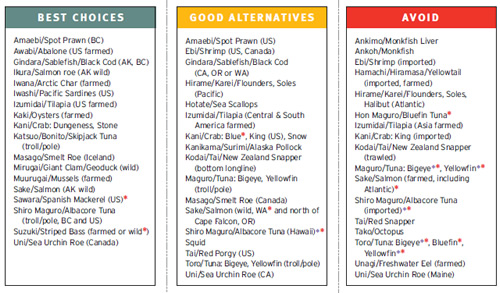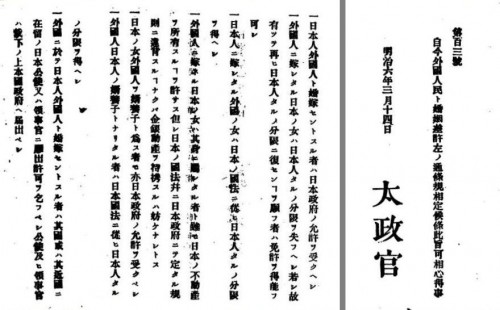The months of August began with a breaking story from the Nikkei: Hitachi Corporation and Mitsubishi Heavy Industries (MHI) were in discussions to merge. The stories were not clear if the merger would be of some of their business (not that uncommon—see, for example, TMEIC), or their entire business. If it was a true merger of both companies, it would create Japan’s largest company after Toyota.
The reasons for such a merger are obvious, as they are one of many types of Japanese companies facing two problems: a shrinking domestic market, and competition overseas from companies from places that they previously did not have to fight against (namely companies from Korea and China). A merger such as between Hitach and MHI would be a great way for Japan’s top-tier construction/technology/heavy industries companies to collaborate and compete not just again GE and Seimens (their historic rivals) but also Samsung and the growing horde of Chinese companies, when it comes to bidding and seeking overseas projects.
Yet the reaction by both companies to the release was a sharp denial. Hitach put out a one line press release: “The article is not based on a fact.” (When I read this, I was struck by the peculiar English—they surely did not mean to deny the singular fact but not deny the plural “facts,” but that was my first impressiony.) Then we had the MHI press release that reflected an ever worse command of the English language:
Even after a denial of the report this morning related to possible integration of business operations of Mitsubishi Heavy Industries, Ltd. (“MHI”) and Hitachi, Ltd., there have been a continuing flow of inaccurate information and reports pertaining to this matter. We feel uncomfortable that this inaccurate report continues. We hereby reiterate that the series of information is not based upon MHI’s own corporate decision or disclosure, and MHI has no plan to enter into any of the arrangement reported, while we resister strong objections to those inappropriate conducts.
My reaction reading that is to cringe. Why can’t these companies—which have hundreds of foreign employees—use native English speakers to check their English language public statements? You would think this is especially true for such statements that are picked up and read by the international press? This story is almost a month old, but I mention it because a person in Japan’s PR industry (which is basically dominated by two companies, Dentsu and Hakuhodo) just shared with me his insight that, while both these companies used Japan’s PR firms to handle their new product promotion and advertising, they take on this type of “crisis management” by themselves. For all the criticism that this blog has lobbed at Dentsu over the years, my feeling is—it shows! And hearing this, it reminded me of this section from a recent issue of “Terry’s Take”:
Traditional bedrock companies in Japan are proud and feudalistic. This used to be their strength—commonality of purpose, self-sacrificing employees, and no arguments about decisions from the top. However, with the advent of the information age, quality of response and reaction has become more important than unwavering commitment and persistence, and Hitachi in particular has suffered as a result. Perhaps ironic given that the company is so deeply involved in the IT industry.



 Too bad this is so utterly removed from reality. For all of Japan’s collective effort in developing its robotics industry, TEPCO has had to turn to iRobot, — a Massachusetts-based company — for the Packbot, a simple yet practical robot equipped with simple claws and cameras, to enter the Fukushima plants. The robot first entered the plants on Sunday (a month after the disaster, after it became clear that no Japanese robots were up for the task) taking measurements and photographs of areas where it was unsafe for humans to venture. (Interestingly, but not surprisingly,
Too bad this is so utterly removed from reality. For all of Japan’s collective effort in developing its robotics industry, TEPCO has had to turn to iRobot, — a Massachusetts-based company — for the Packbot, a simple yet practical robot equipped with simple claws and cameras, to enter the Fukushima plants. The robot first entered the plants on Sunday (a month after the disaster, after it became clear that no Japanese robots were up for the task) taking measurements and photographs of areas where it was unsafe for humans to venture. (Interestingly, but not surprisingly, 
